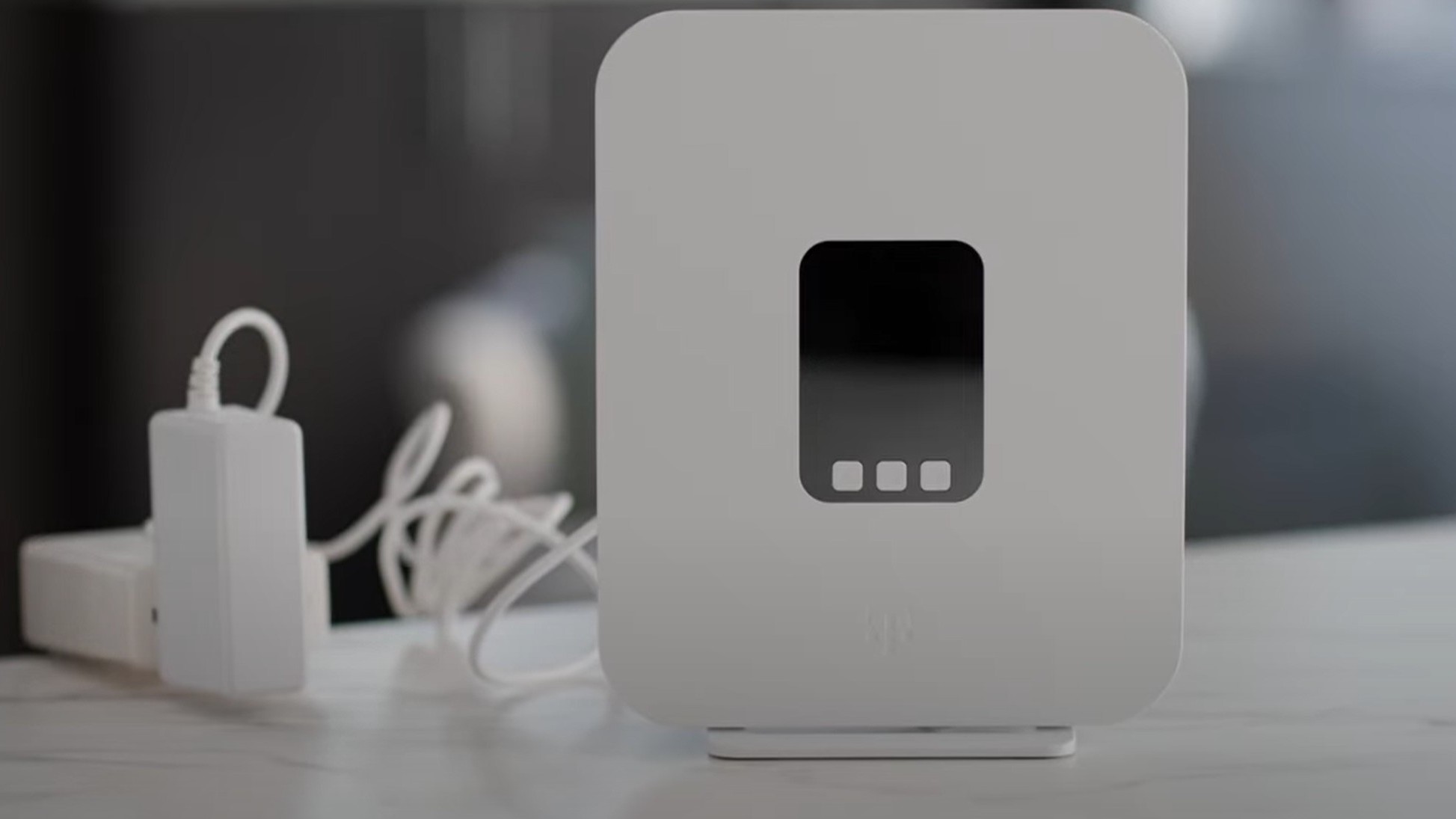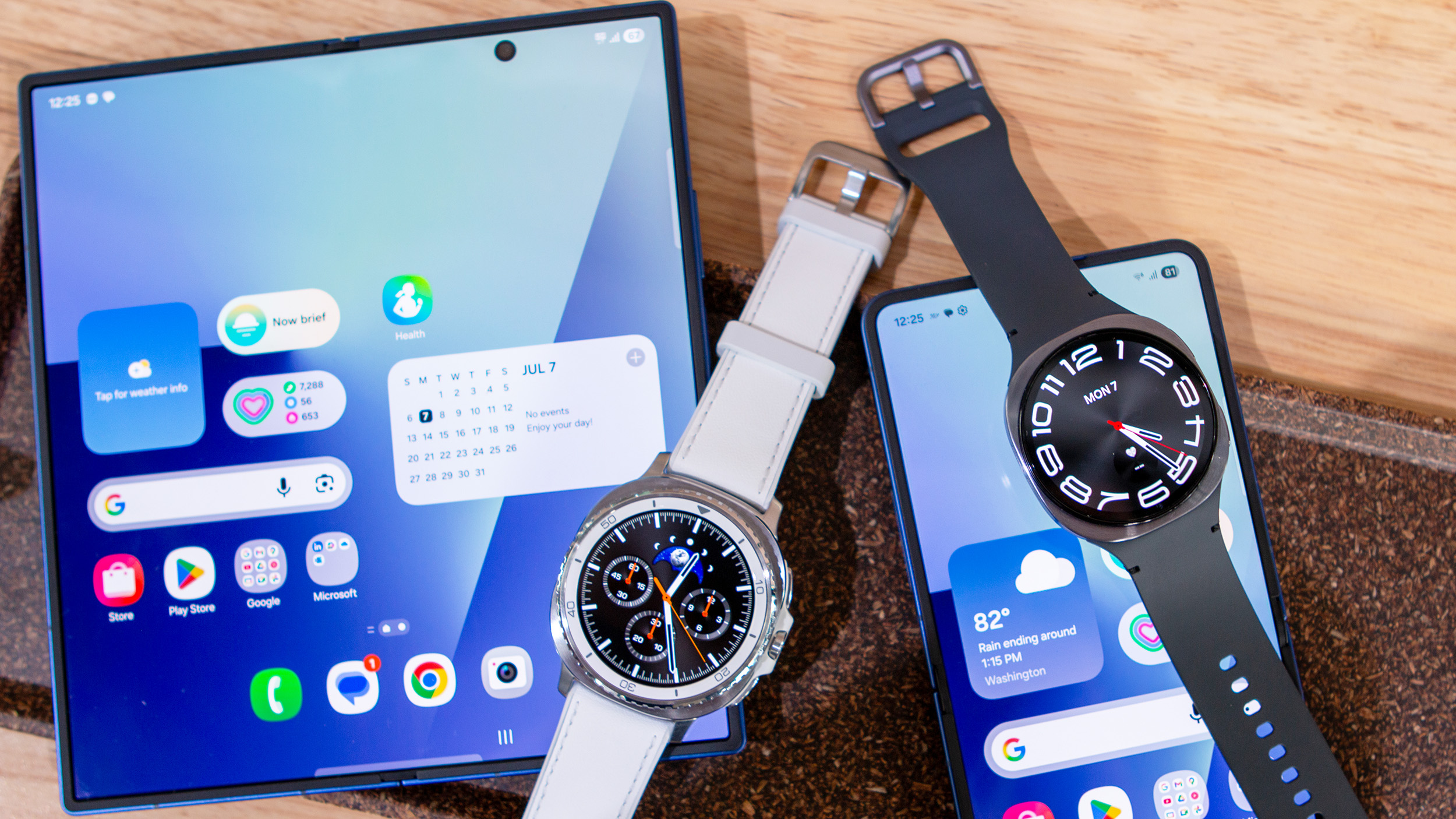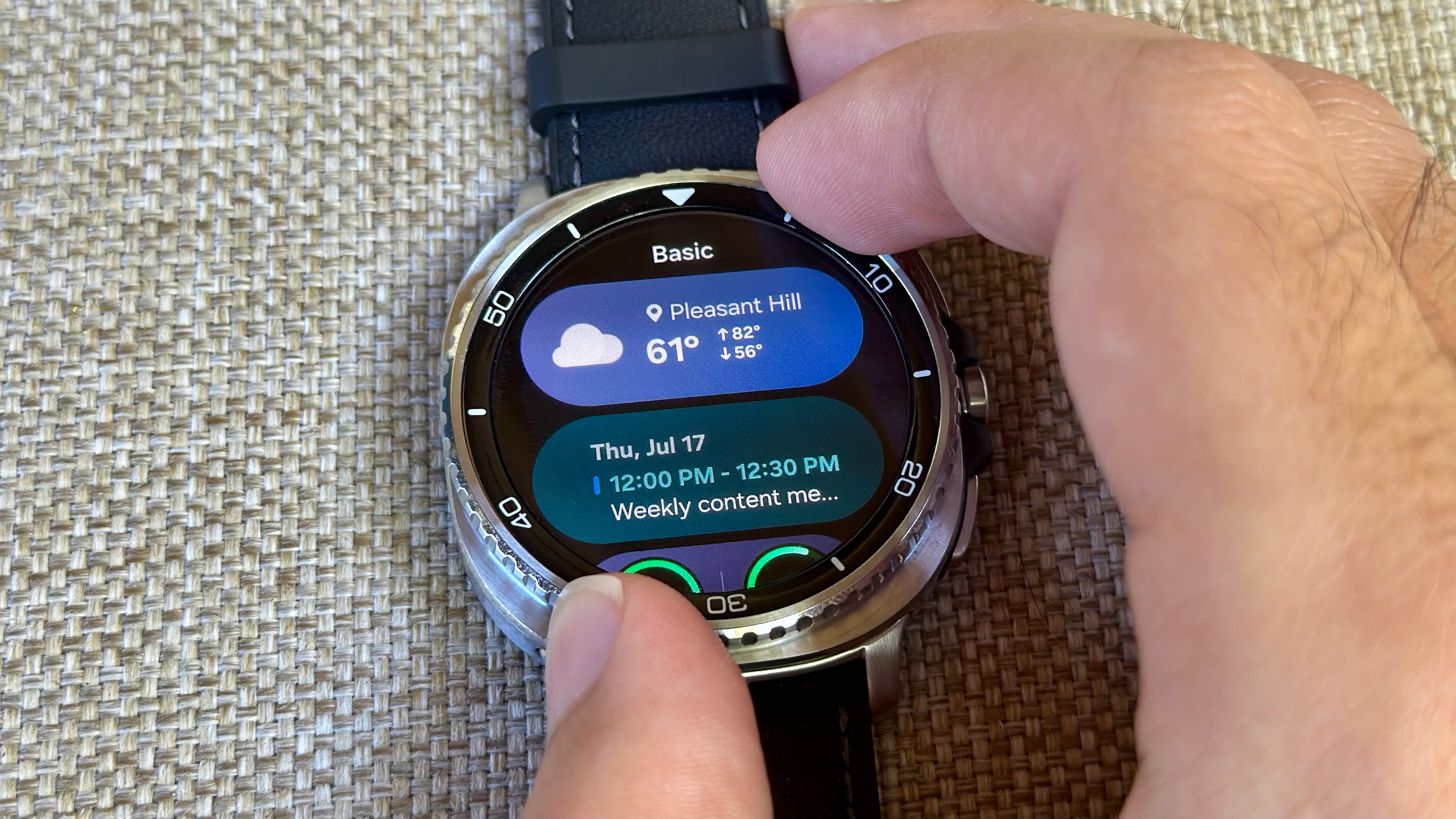T Mobile
Latest about T Mobile
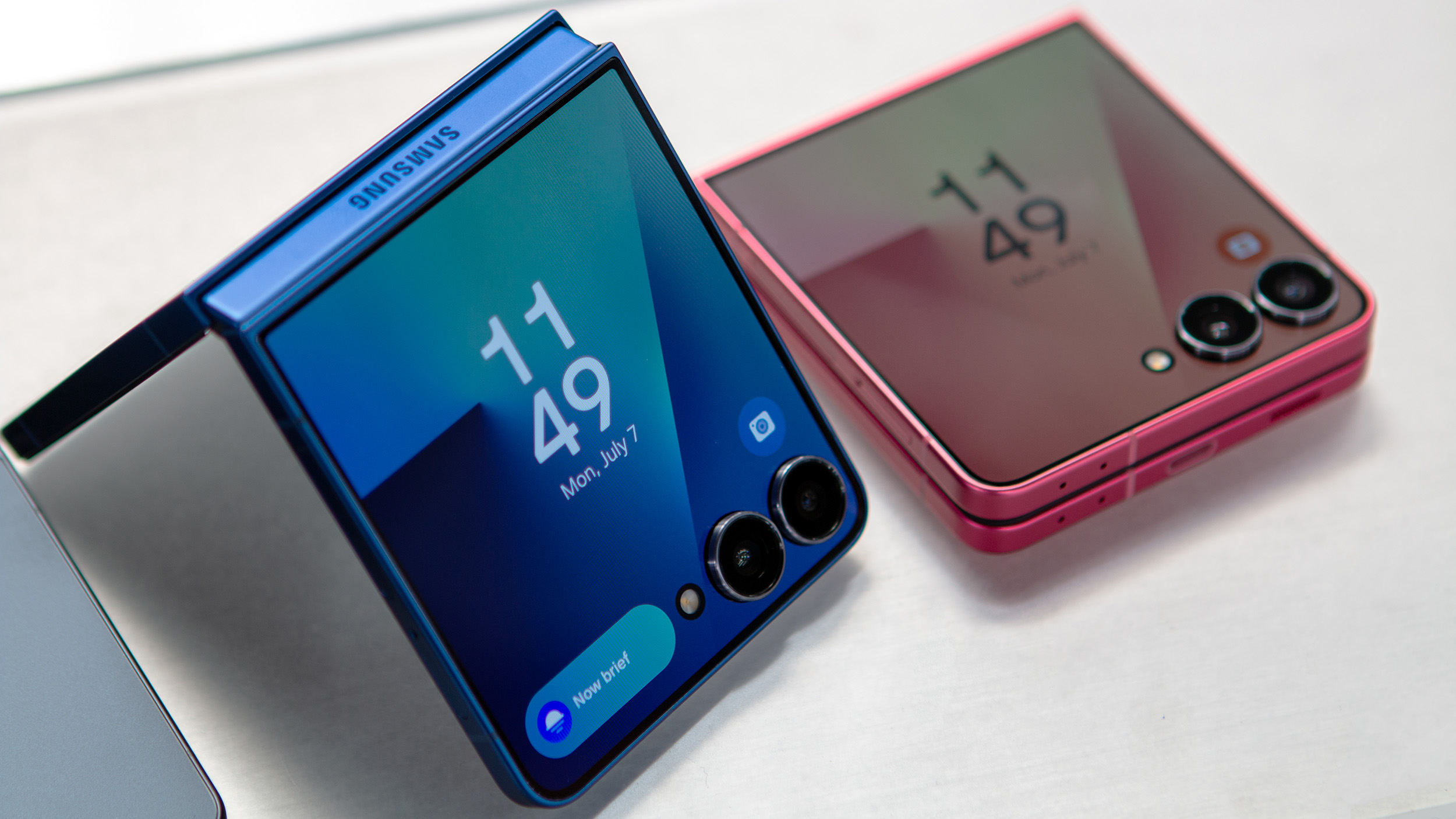
Yes, this T-Mobile deal will actually give you a FREE Galaxy Z Flip 7 without a trade-in — here's how it works
By Patrick Farmer published
Unbelievable! For a limited time, T-Mobile will give you the new Galaxy Z Flip 7 for FREE when you add a line with an eligible unlimited plan.
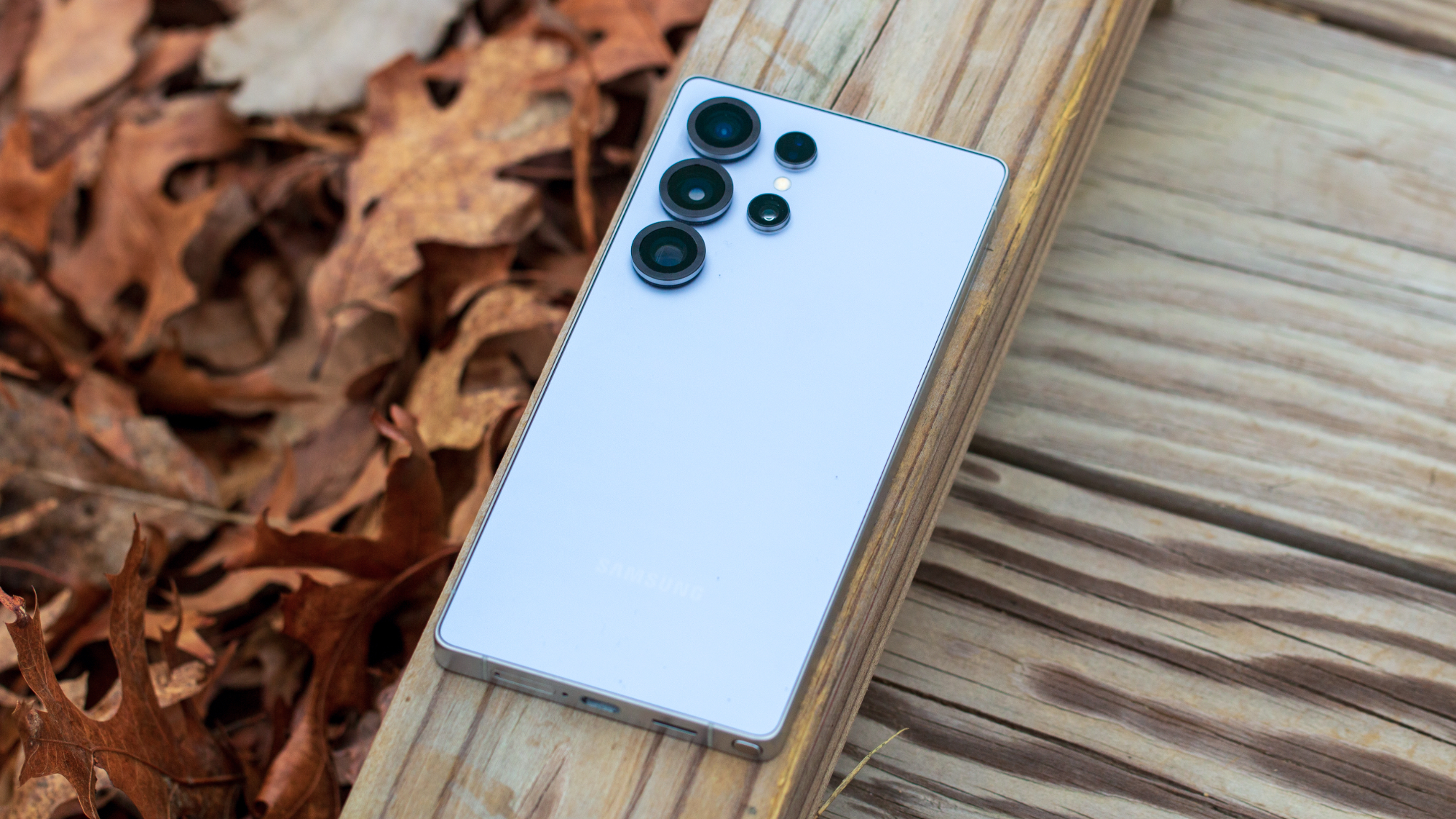
Best unlimited data plans of 2025: Verizon, Mint Mobile, and beyond
By Patrick Farmer last updated
Go unlimited! Here are the best unlimited data plans available out there. Whether you want to go with a mainstream carrier or an MVNO, there are lots of options.
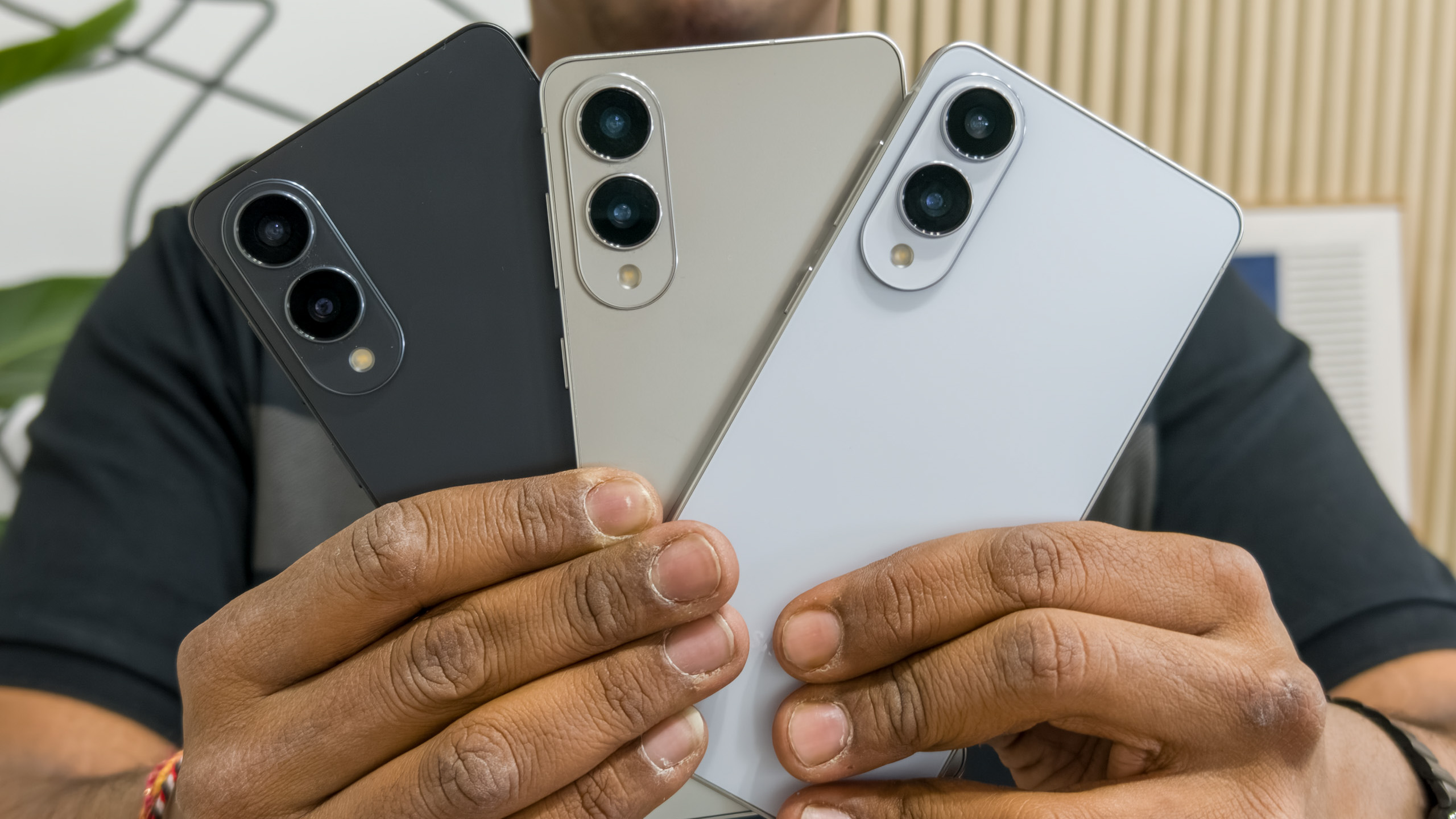
This T-Mobile deal gets you a FREE Galaxy S25 Edge, making Prime Day look like a joke — no trade-in required!
By Patrick Farmer published
Live on the Edge Add a line with an eligible data plan and T-Mobile will hook you up with a FREE Galaxy S25 Edge and storage upgrade.
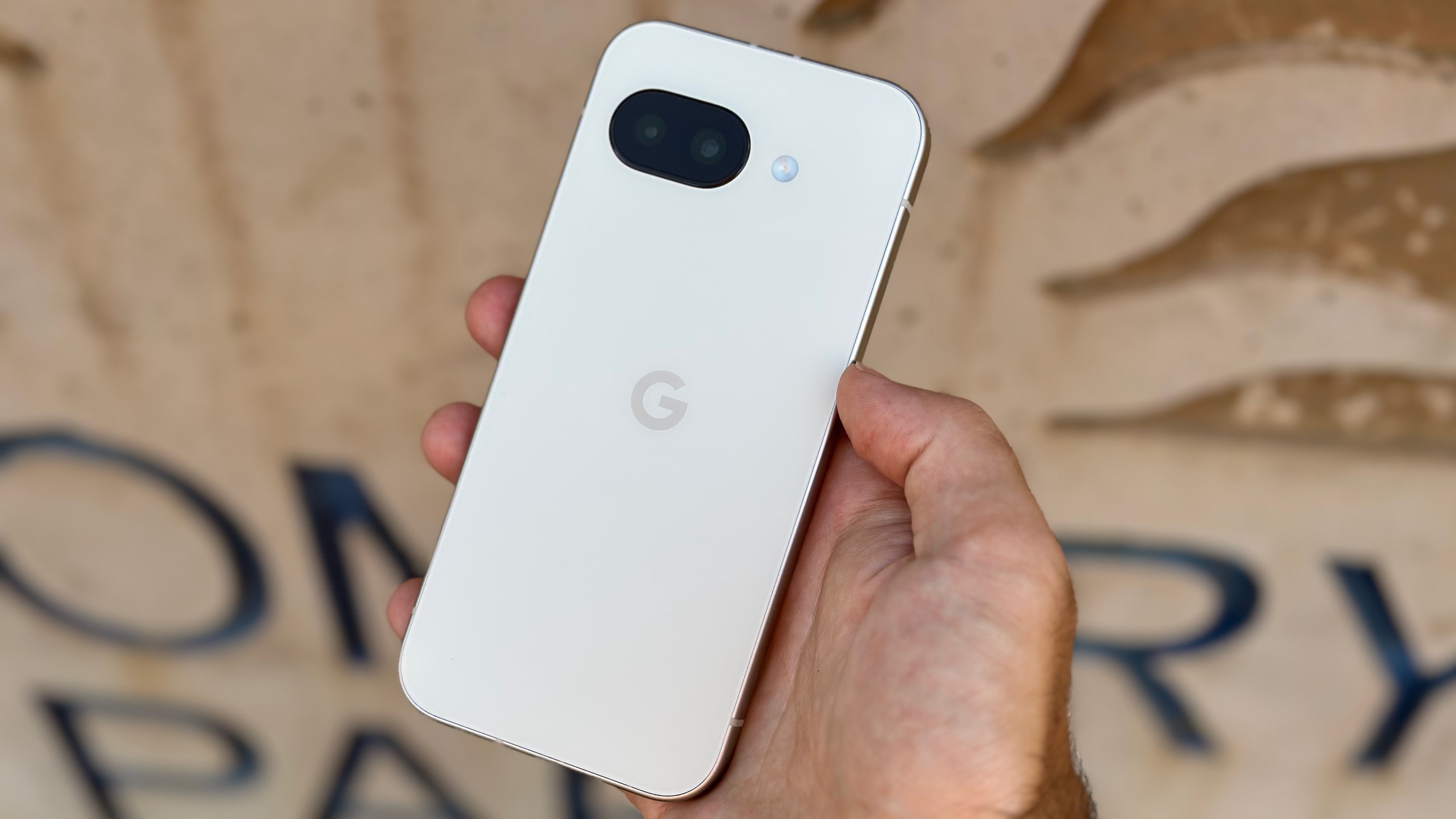
That's not a typo: new T-Mobile deal gets you a free Pixel phone AND earbuds, no trade-in required
By Patrick Farmer published
Amazing! Buy the Pixel 9a from T-Mobile while adding an eligible line and you'll get the phone for FREE, plus a free pair of Pixel buds, just for kicks.
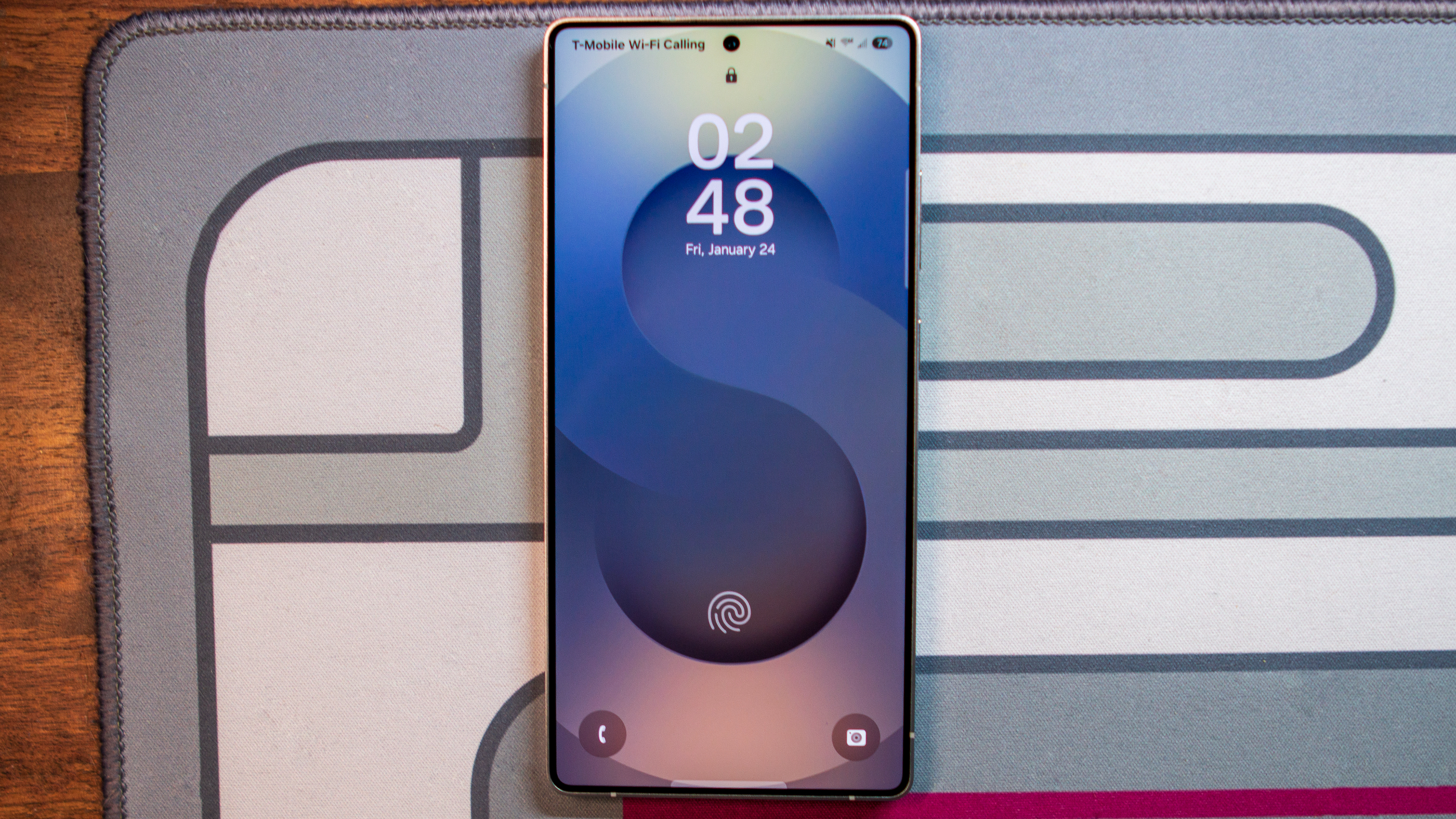
Best T-Mobile phones 2025
By Samuel Contreras, Rajat Sharma last updated
So many choices! With one of these best T-Mobile phones, you'll be able to enjoy the carrier's solid nationwide 5G network, as well as all the perks that it offers.
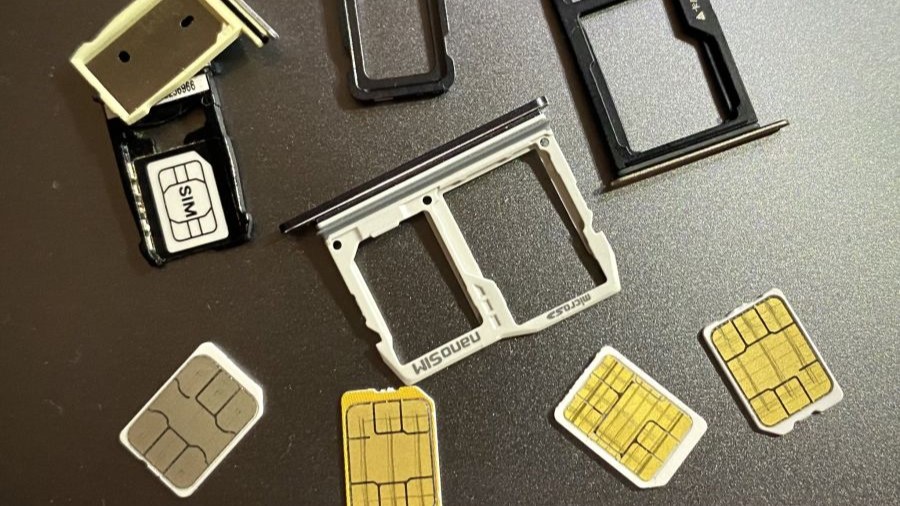
These 6 prepaid SIM cards for U.S. tourists will take your summer vacation to the next level
By Patrick Farmer last updated
Travel in comfort With the best prepaid SIM cards for U.S. travelers and tourists, you'll be connected with family and friends, no matter where you are in the country.

I write about wireless carriers for a living, and these are the cheap data plans that I'd recommend in 2025
By Patrick Farmer last updated
Affordable data! Here are some of the finest cheap data plans you can get, from both prepaid and mainstream carriers. These plans include data, 5G access, and more.
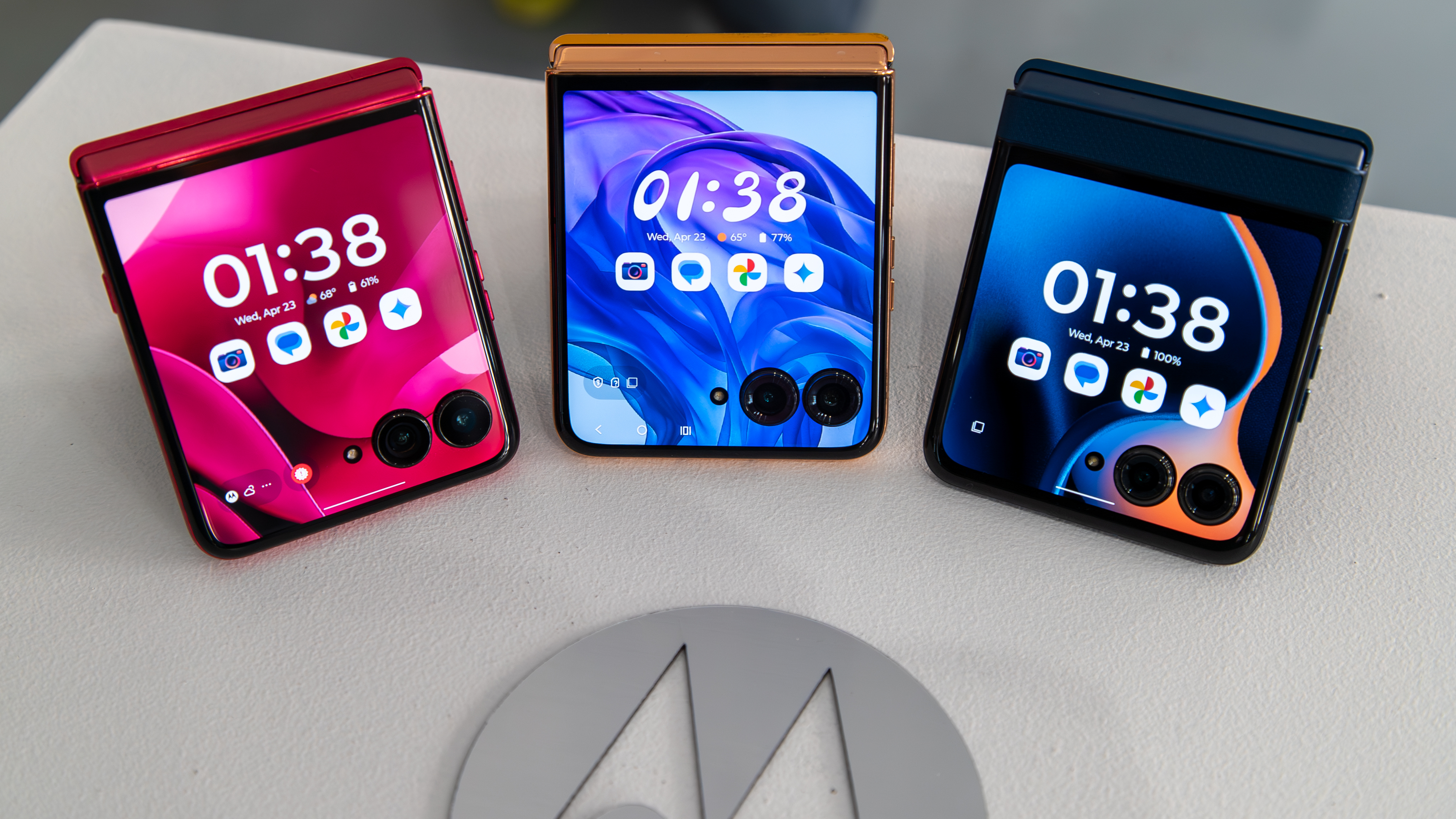
New T-Mobile deal hooks you up with a FREE Motorola Razr Plus — no trade-in required!
By Patrick Farmer published
No way! Add a line with one of T-Mobile's qualifying unlimited plans and you'll score enough promo credits to make the Motorola Razr Plus (2025) completely free!
Get the latest news from Android Central, your trusted companion in the world of Android
